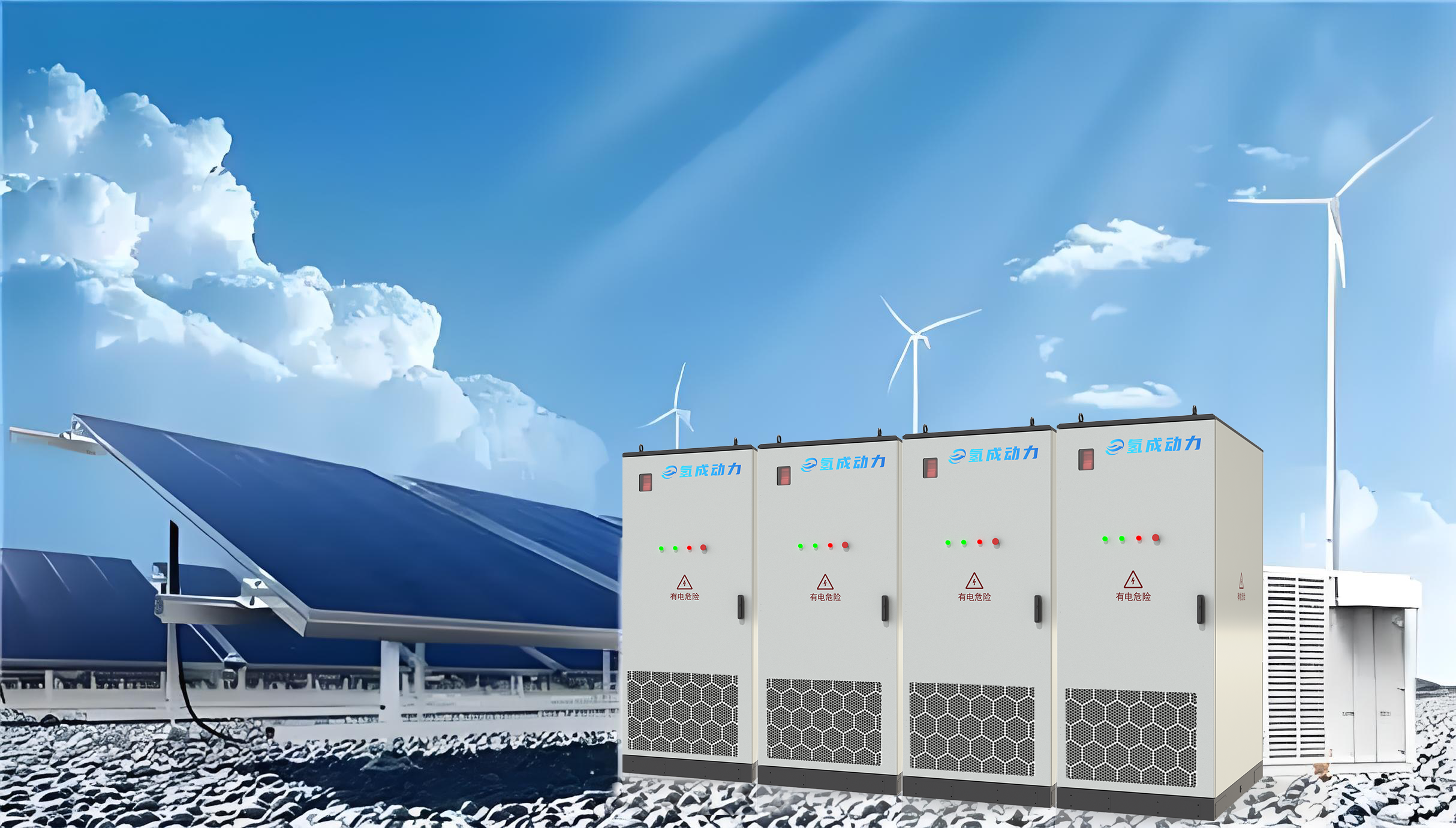Energy Storage News: Industry Hot Topics Tracking!
Release time:
2025-05-12
Source:
The National Energy Administration and four other departments issued the "Notice on Strengthening the Safety Management of Electrochemical Energy Storage" (May 7). On May 7, the National Energy Administration and four other departments issued the "Notice on Strengthening the Safety Management of Electrochemical Energy Storage", which effectively implements the safety management responsibilities of electrochemical energy storage and strengthens the full-chain safety management.

National Policies and News
02 The National Development and Reform Commission and the National Energy Administration issued the "Basic Rules of the Power Ancillary Services Market" (April 29th)
03 The National Energy Administration issued the "Notice on Several Measures to Promote the Development of the Private Economy in the Energy Sector" (April 28th)
Local Policies and News
On April 30th, the Jiangsu Provincial Development and Reform Commission officially issued the "Notice on Optimizing the Time-of-Use Electricity Price Structure for Industry and Commerce to Promote New Energy Consumption, Reduce Enterprise Electricity Costs, and Support Economic and Social Development." This adjustment has widened the fluctuation range of peak and valley electricity prices and added a midday low-valley period. The document will be implemented from June 1st.
The document clearly encourages industrial and commercial users to actively reduce electricity consumption during peak hours and increase electricity consumption during off-peak hours by configuring energy storage (energy storage) devices, carrying out comprehensive energy management, etc., effectively reducing electricity costs by optimizing electricity consumption periods.
For industrial and commercial users implementing two-part tariffs, the previous peak increase of 72% and valley decrease of 58% have been adjusted to a peak increase of 80% and a valley decrease of 65%.
For industrial and commercial users implementing single-part tariffs and with a capacity of 100 kVA or more, the previous peak increase of 67% and valley decrease of 55% have been adjusted to a peak increase of 70% and a valley decrease of 65%.
For industrial and commercial users implementing single-part tariffs and with a capacity of less than 100 kVA, the previous peak increase of 67% and valley decrease of 55% have been adjusted to a peak increase of 60% and a valley decrease of 65%.
Compared with the previously issued draft, the official document adds peak periods in the midday and evening during the summer and autumn seasons. During holidays, a midday deep valley period is added.
03 The Chengdu Municipal People's Government Office of Sichuan Province issued "Several Policy Measures on Further Enhancing Chengdu's Power Supply Capacity" (April 27).
04 Jiangxi Development and Reform Commission issued the "Notice on Further Improving the Time-of-Use Electricity Pricing Mechanism (Draft for Comments)" (April 25).
Key words:
Previous Page:
Recommended News
Contact
Address: Chanhe Innovation Technology Park, No. 2 Zhenxing Road, Chanhe Hui District, Luoyang City, Henan Province
Tel:0379-63869669
Mailbox:info@hydromobility.cn
Scan

Copyright©2023 Qingcheng Power Technology(Luoyang) Co.,Ltd. This website supports ipv6
Copyright©2023 Qingcheng Power Technology(Luoyang) Co.,Ltd.
This website supports ipv6






